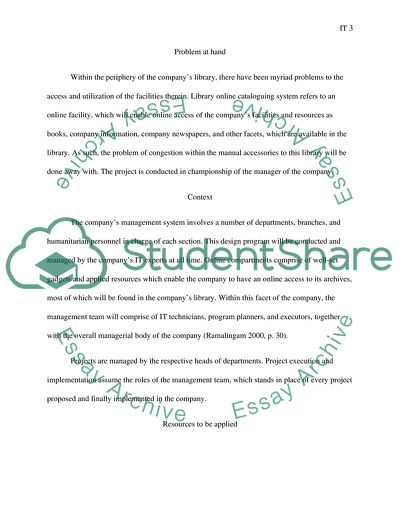Cite this document
(An Online Library Catalogue System Research Proposal, n.d.)
An Online Library Catalogue System Research Proposal. Retrieved from https://studentshare.org/education/1785404-it
An Online Library Catalogue System Research Proposal. Retrieved from https://studentshare.org/education/1785404-it
(An Online Library Catalogue System Research Proposal)
An Online Library Catalogue System Research Proposal. https://studentshare.org/education/1785404-it.
An Online Library Catalogue System Research Proposal. https://studentshare.org/education/1785404-it.
“An Online Library Catalogue System Research Proposal”, n.d. https://studentshare.org/education/1785404-it.


